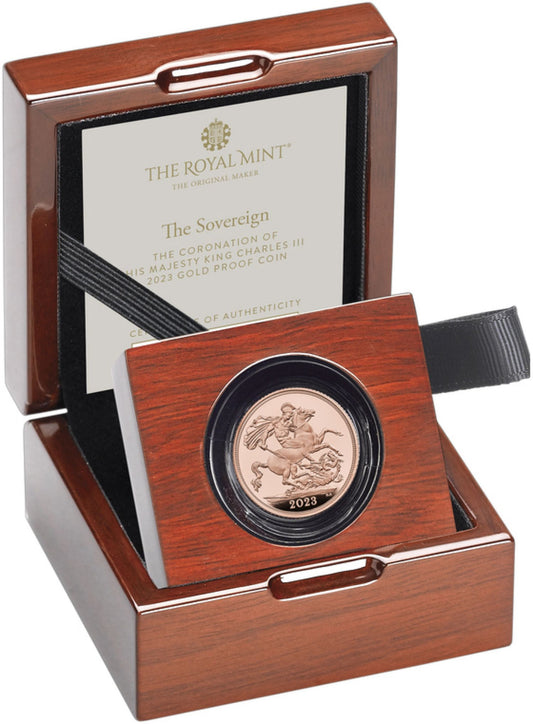FAQs
What makes a coin valuable?
I have coins to sell, what’s the next step?
How will my purchases be shipped?
What happens if I’m not entirely happy with my purchase?
Henry I cut Halfpenny, Pointing Bust & Stars type, London Mint, Aelfwine
Henry I (1100-35), silver cut Halfpenny, pointing bust and stars type (c.1107), London Mint, Moneyer Aelfwi, top half of the pointing bust with upper star apparent, legend reads +hENRI RE, rev. half apparent cross pattee over saltire with annulets, start and finish of legend, +ALI---NDE, weight 0.63g (BMC type VI; Allen, BNJ 2012, p.93; N.861; S.1266). Dark tone, a bold very fine, reverse design double struck.
The legends translate as "Henry King" on obverse and "Aelfwi of London" on the reverse.
North records up to 41 moneyers working at London for Henry I across all types.
The fourth son of William the Conqueror, the "fine scholar" Henry Beauclerc as he was known acceded to the throne of England on the death of his childless elder brother William Rufus, who died after a hunting accident in the New Forest on 2nd August 1100. Well educated Henry had been left landless when his Father died with the Kingdoms shared between the two eldest surviving brothers Robert and William, though he did purchase the county of Cotentin from his eldest brother Robert in western Normandy, but was later deposed from there in 1091, and subsequently, gradually rebuilt his power there with the help of elder brother William against Robert. Upon the death of William Rufus, and being present in the area at that time, he immediately became King promising to correct the less popular policies of his late brother. Henry married Matilda of Scotland with whom he had a son William Aethling and a daughter the Empress Matilda, as well as various other illegitimate children. His elder brother Robert invaded in 1101 disputing Henry's control, but this was settled by a pact recognising Henry as King of England. Henry later invaded Normandy in 1105 and 1106 defeating Robert eventually in the Battle of Tinchebray imprisoning his brother until his death on 3rd February 1134 in Cardiff Castle. Henry then controlled Normandy for which he was subsequently challenged by Robert's son William Clito who was supported by Fulk V of Anjou, Baldwin VII of Flanders and Louis VI of France, resulting in major rebellions within the Duchy from 1116-19. Eventually a peace settlement was agreed in 1120 after Henry's victory at the Battle of Bremule.
Henry was an effective leader who drew his nobles and barons close whilst using the government justice and taxation systems to the best effect boosting the Royal Exchequer, along with Normandy and its own independent system. He also encouraged ecclesiastical reform playing a major role in selecting senior clergy, though he did have a serious earlier dispute with Archbishop Anselm of Canterbury in 1101 eventually resolved through a compromise in 1105. Unfortunately, Henry's son and heir apparent William drowned in the White Ship sinking disaster of 1120 and Henry entered a second marriage in the hope of another son, but the union with Adeliza of Louvain remained childless. He therefore declared Matilda his heir and married her to Geoffrey of Anjou in 1128 but the relationship between them all became strained with fighting along the Anjou border. Henry subsequently died on 1st December 1135 after a week of illness and despite his plan for succession it was Stephen of Blois his nephew that succeeded him which led to a Civil War.
Capital City London upon the River Thames following Roman occupation, minted some of the earliest Saxon coins with gold Thrymsas and silver denarii with a "Londuniu" signature. Mercian Kings beginning with Offa minted coins there, but the first coin to actually say City of London upon it is the unique Ludica portrait Penny that was found in 2016, followed by subsequent coins of Ecgberht. In 871 the Danes wintered in London for the first time but was King Alfred of Wessex who settled and fortified the capital circa 880 to resist further invasions. Edward the Elder incorporated the City in Wessex in 911 and it resisted a major attack in the reign of Aethelred II in 1009. However, London submitted to the Danish Swein in 1013, but three years later the citizens accepted Eadmund Ironside as King and resisted a siege by Canute.
Later unsettled times occurred in the anarchy period of the reign of King Stephen, remaining loyal to the King except for a few months in 1141 when Empress Matilda was admitted but within a short time expelled. Coinage activity here has been mostly constant throughout history from the Romans until the reign of our current Queen and only moving out to Wales from 1969.
Provenance:
Found in ground 1992 and sold to Dr. William J Conte, USA.
Purchased from Dr Conte 1993.
Ex Marvin Lessen, North York Moors Collection, part 2, 3rd July 2019, lot 394.
Ex Collection of an English Doctor part II, Sovereign Rarities fixed price list online May 2022.
FAQs
What makes a coin valuable?
I have coins to sell, what’s the next step?
How will my purchases be shipped?
What happens if I’m not entirely happy with my purchase?













